

|
Those of us who struggle through the ice and snow of winter always appreciate a little bit of color in the rhododendron garden. I realize that there are rhododendron cultivars with pigmented foliage, but on cold days when the leaves of most elepidotes are usually curled up and hanging down like icicles, I look to companion plants for color. Some add color interest in their dormant state but others are just precocious and manage push some flowers in late winter which is a pleasant reminder that spring is not far away.
In this article, I will focus on three plant groups: Hollies, Hellebores, and Hamamelis. The berries of Holly trees color up in late fall and continue to provide garden interest until eaten by hungry birds by spring. Some hellebore varieties, especially Helleborus niger selections, can actually start blooming in late fall here in Virginia and continue through to spring. The bulk of my hellebores which are H. orientalis hybrids will not flower until late winter. The witch hazels, Hamamelis, will provide color at the end of winter, too. I am amazed at how resilient they are to cold and snow. There are a number of other plants that have winter interest such as shrubs and trees with colorful bark. I mentioned two Japanese Maples with colored bark in an article on Maples and Companion Plants in our November-December 2020 newsletter. 'Bijou' has yellow bark that contrasts so nicely against a backdrop of evergreen trees. 'Beni Kawa' is nearly identical to the Coral Bark Maple, 'Sango Kaku'. Just like the Red Osier Dogwood, Cornus stolonifera, the red branches can look stunning against the snow. Note: Special Thanks to Linda Derkach who provided some images used in this piece. All other photos were taken by the author. |
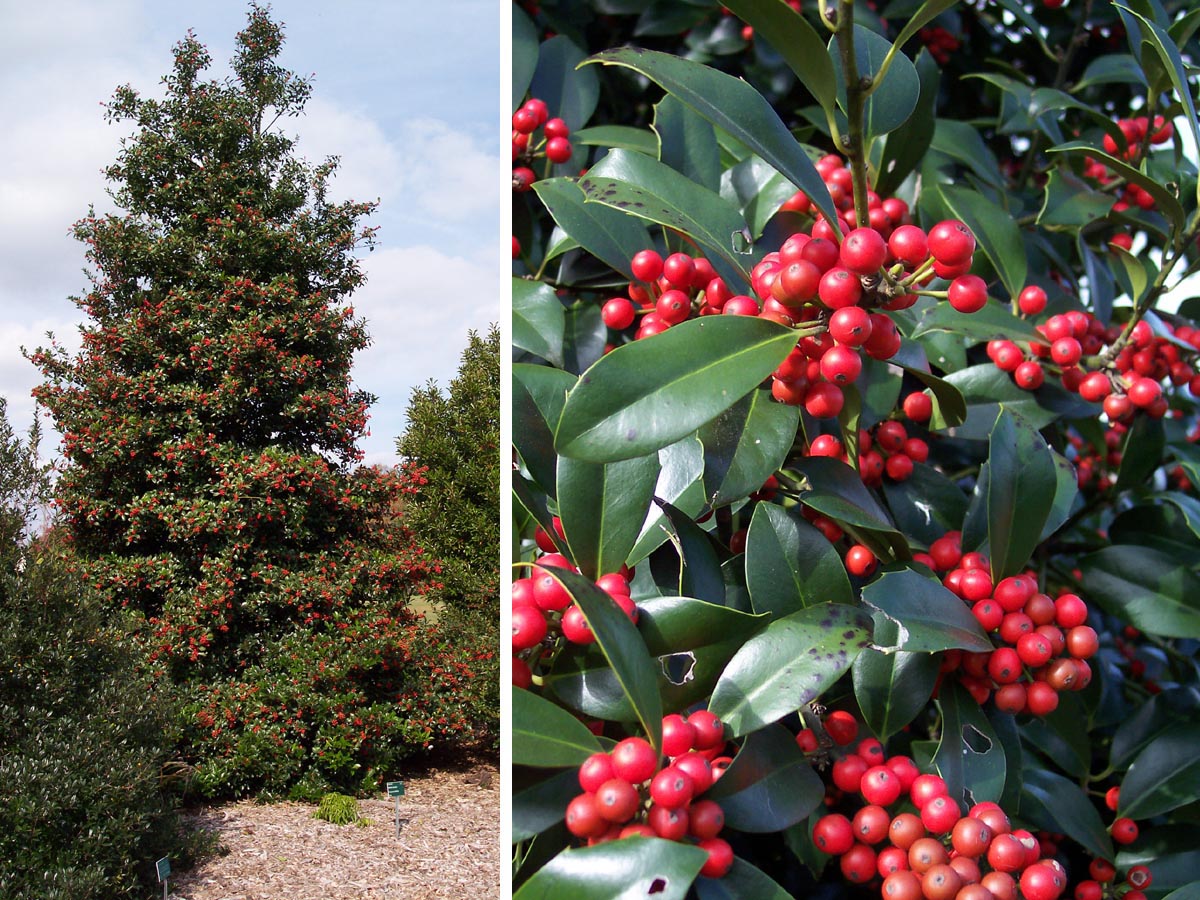 Ilex x 'Virginia' |

Hellebore Blossoms |

Hamamelis 'Arnold Promise' Witch Hazels are unfazed by Cold and Snow |
I am fortuate that the U.S. National Arboretum is nearby and their Holly Collection is wonderful. Our ARS chapter used to meet there regularly so I enjoyed visiting the Holly Collection prior to meetings to admire the various forms. There are many red-berried varieties with different foliage qualities, and a few yellow-berried selections, too.
Most hollies are "dioecious" which means there are separate male and female plants. The female plant will carry the berries but there must be a male plant nearby to provide insects with the necessary pollen to fertilize the female flowers so they can develop into berries. When buying a holly, it is wise to check with the nursery to find the best pollinator for that plant. There are a few forms like Ilex cornuta 'Burfordii', 'Nellie Stevens', and the 'Foster Holly' that are self-fertile and will set berries without a pollinator.
| Selections of the American Holly, Ilex opaca | ||
 |
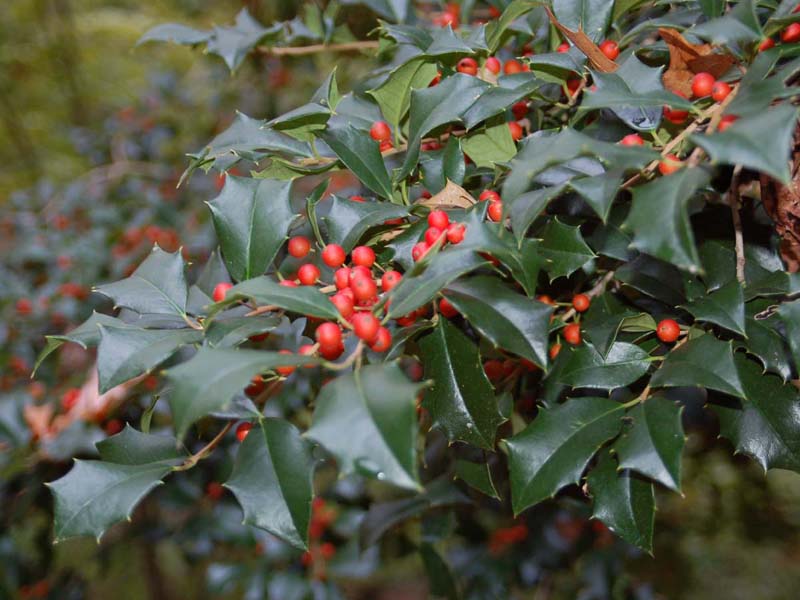 |
 |
| Shiny Leaves | ||
 |
 |
 |
| Variegated Foliage | ||
 |
 |
 |
| More Hollies | ||
 |
 |
 |
| More Hollies | ||
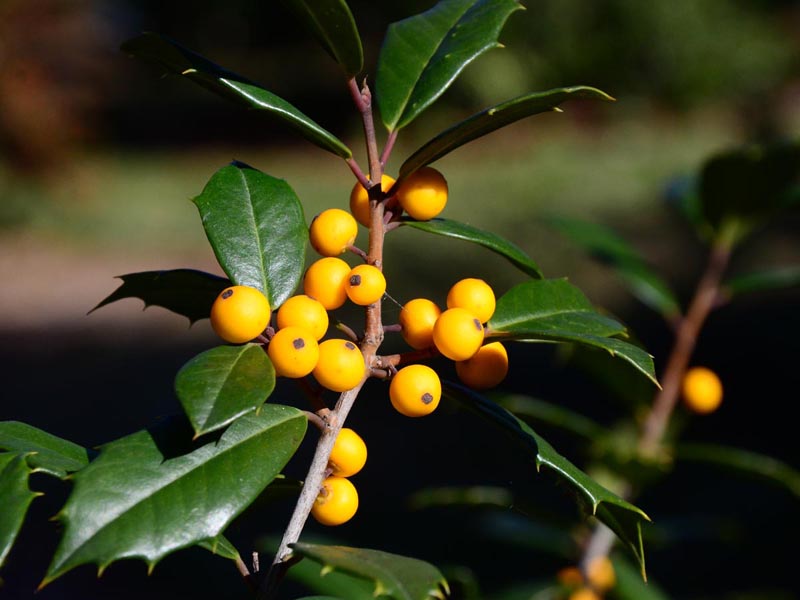 Ilex attenuata 'Longwood Gold' |
 |
 |
Hellebores are primarily native to Europe in the Balkans. They grow in open meadows in places like Bosnia, Croatia, Turkey, and Greece. Many of us were happy to get our first hellebores, and they were rather expensive. Most of them were Helleborus orientalis plants and at first, we were actually pleased to see that they were reseeding in the garden. However, anything that reseeds readily can also become invasive and so it was with my hellebores. Those seedlings were taking over other cherished perennials in the garden, especially some native wildflowers like my trillium species that were growing nearby. One of our members call them "Croatian Kudzu" referring to that invasive vine introduced from Japan that has engulfed many places in the Southeastern United States.
Since then, I have been moving those rogues to more distant places in the garden and have been replacing them with sterile, interspecific hybrids that are being propagated by tissue culture techniques. I particularly like 'Pink Frost' and 'Ivory Prince' which are very well behaved. Many hellebores have downward facing flowers so I tried to plant them on a bank where I could look into the blossoms. I have also tried to select for plants that have upward facing flowers. Some of the newer commercial varieties like 'Anna's Red' and 'Penny's Pink' that have that characteristic and they are sterile, too.
In recent years, I have been focusing on plants with double flowers since they do not reseed that heavily. I am also fond of yellow in the garden so I have been looking for yellow cultivars to add to my collection. I also like the species Helleborus niger which has upward facing white flowers and blooms earlier in the season, often by Christmas. It is called the "Christmas Rose" in many places.
Hellebores are very resilient to cold weather. Extreme cold can harm the flowers and buds if they have expanded too far, but in most cases, the entire plant can be frozen solid, even while in bloom, and can be expected to come back when the weather warms. Plants can look extremely sad on cold mornings when they are frozen and curled down to the ground, covered with ice. They usually look no worse for wear in a few days when the temperature goes back above freezing.
Hellebores do not require much care which for me is always a good thing. When there are a few mild days during the winter, it is wise to "clean up" the typical Orientalis hybrids by removing the foliage of the previous year. It usually looks quite ratty at the end of the winter when the flowers bloom and it will be easier to do that before the new growth emerges. It is not wise to trim back the leaves on some of the other varieties like H. niger selections or those of H. foetedis. They need the leaves.
| The Christmas Rose - Helleborus niger | |||||
 |
 |
 | |||
| Singles with Upfacing Flowers | |||||
 |
 |

Yellow Singles
| | ||
 |
 |
 | |||
| More Singles | |||||
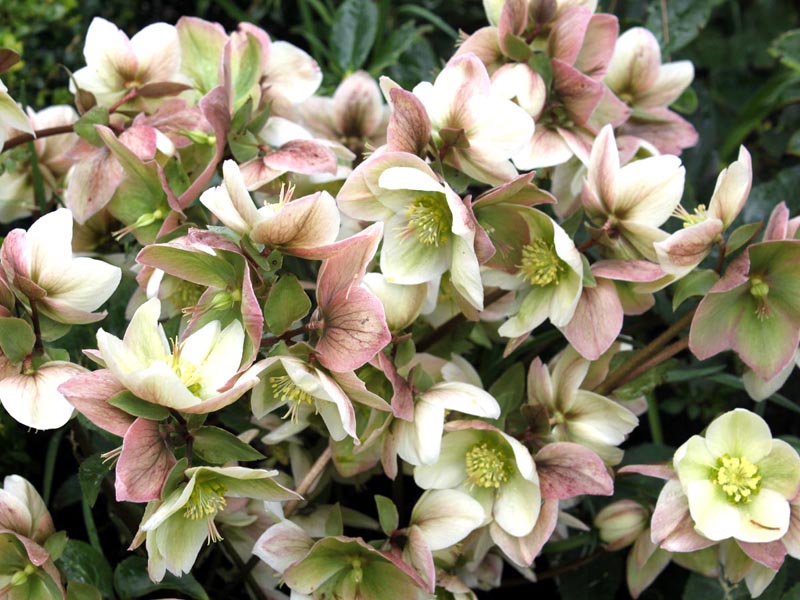
|
 |
 'Silver Moon' | |||
| Double Hellebores | |||||
 |
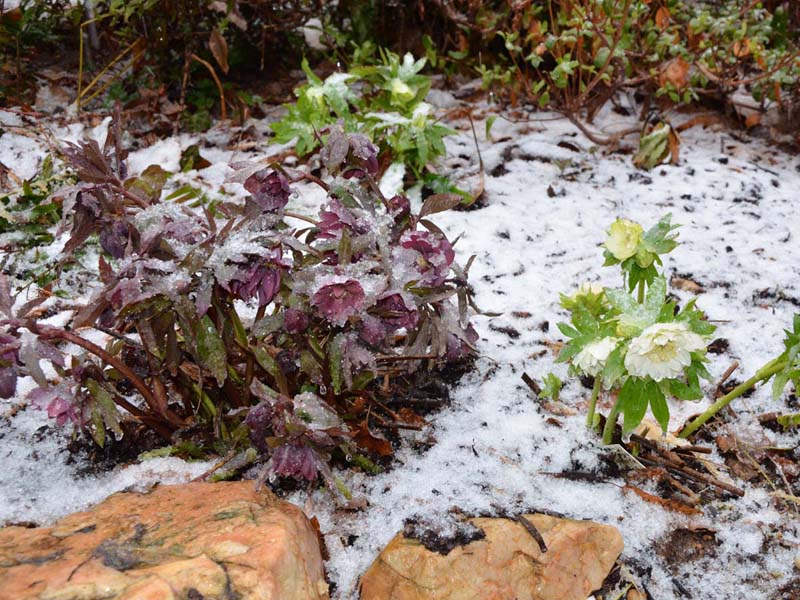 |
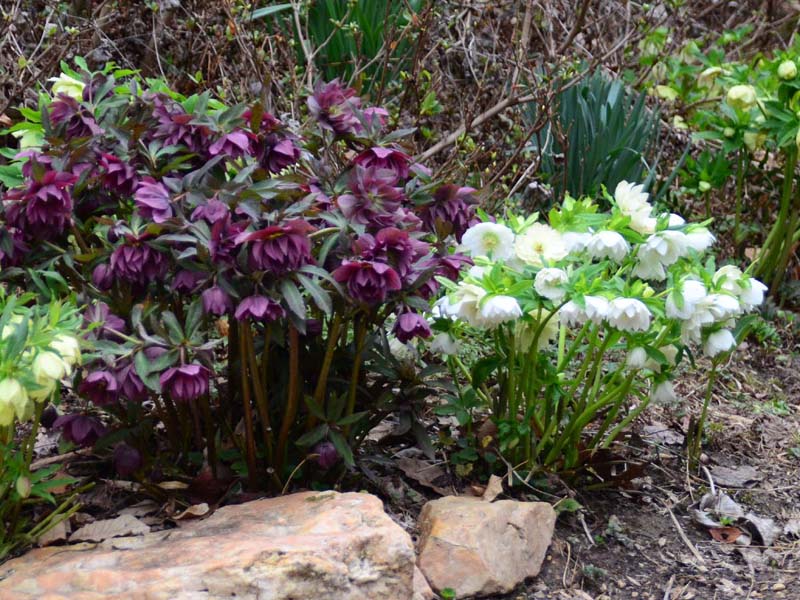 | |||
| Red Doubles | |||||
 Light Red Double |
 |
 | |||
| More Doubles | |||||
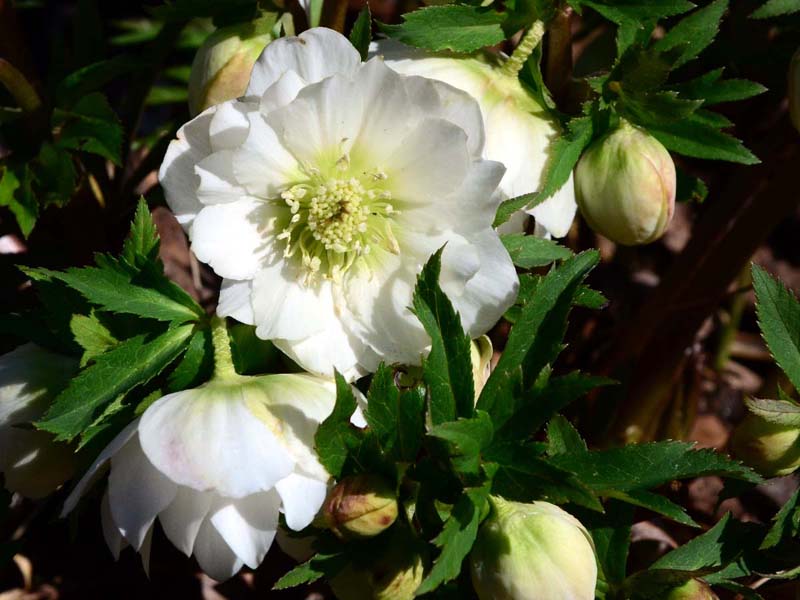 |
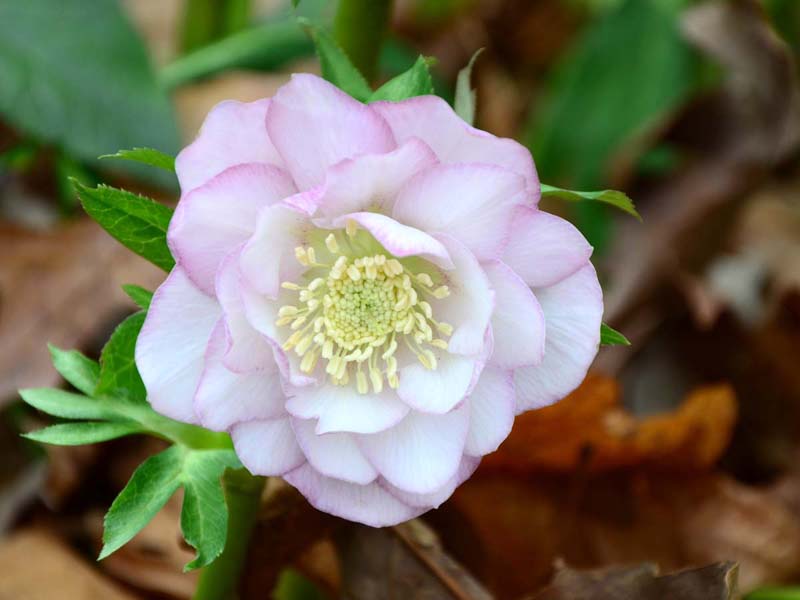 |
 | |||
| More Doubles | |||||
 |
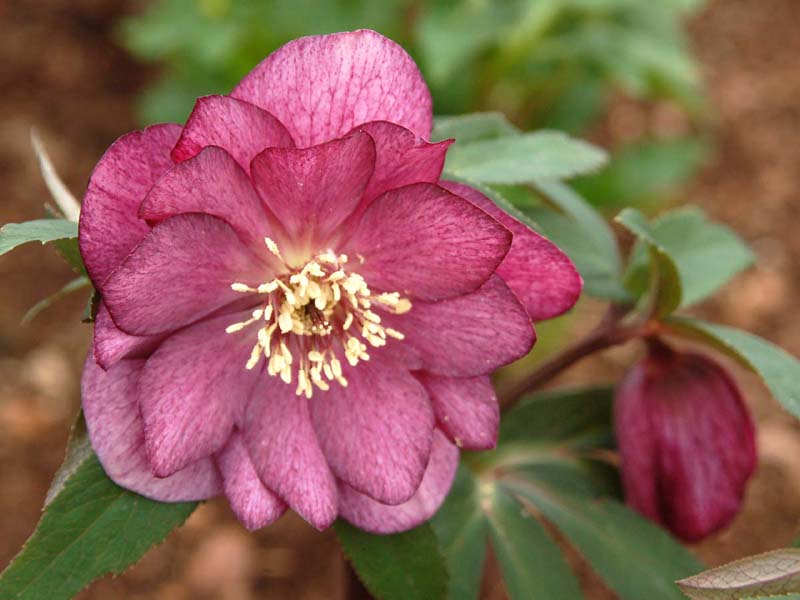 |
 | |||
| Just a Few More | |||||
 |
 |
 | |||
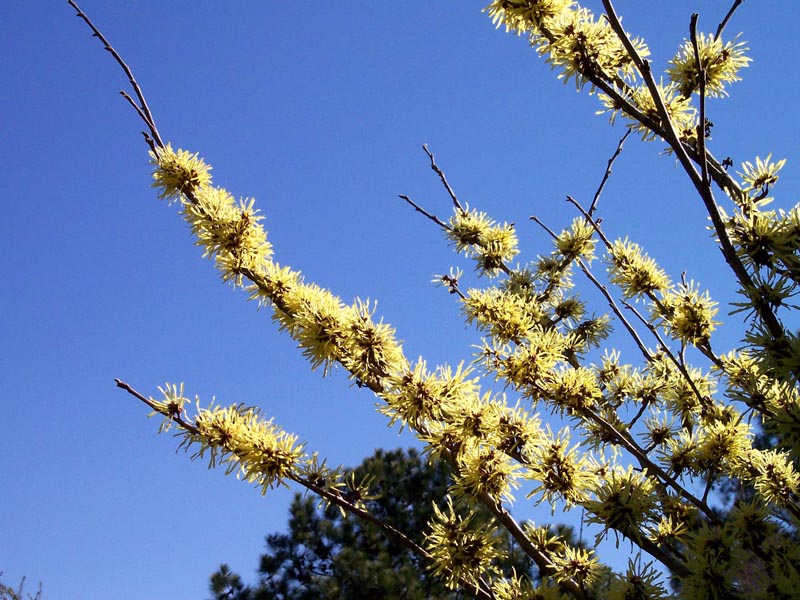 |
 |
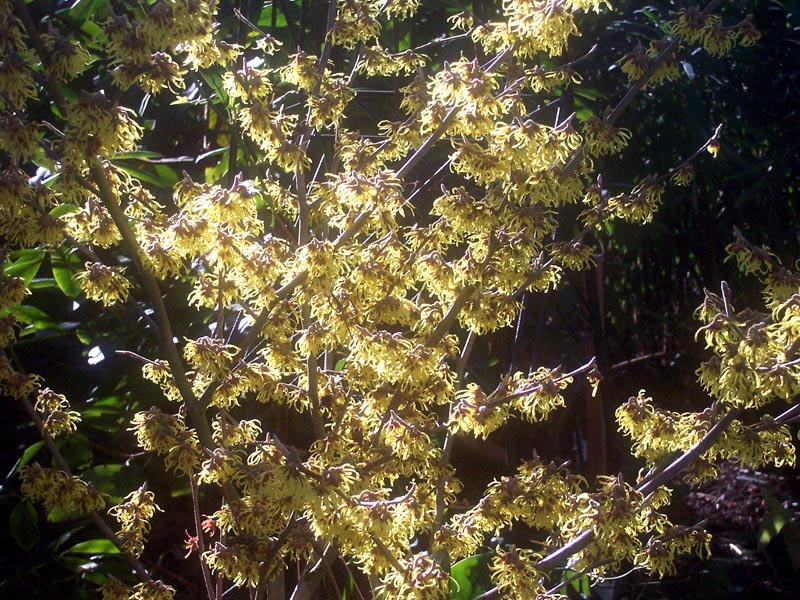 |

|
 |
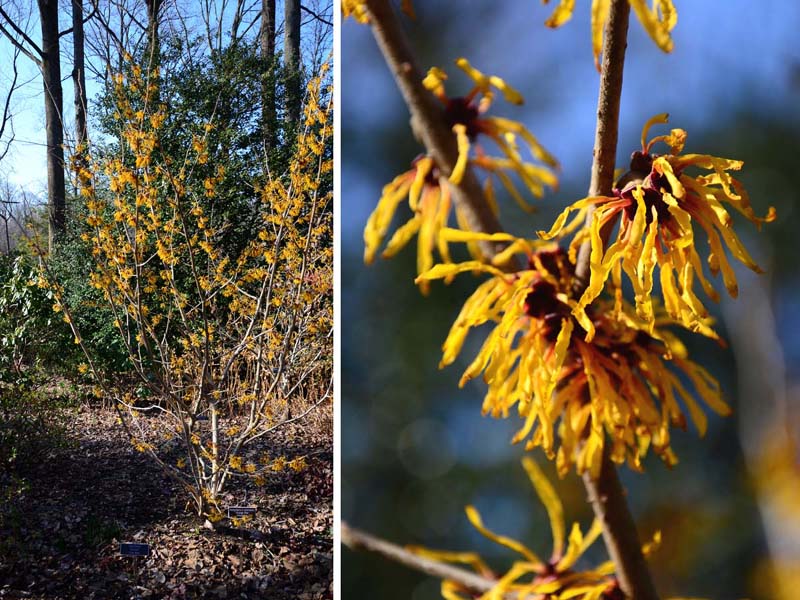 |

|

|

|
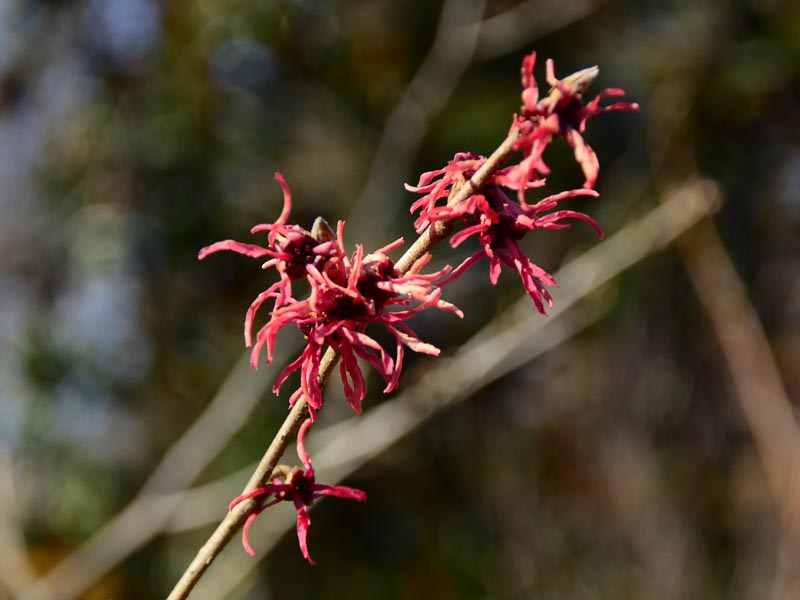
|

on the Blue Ridge Parkway in North Carolina |
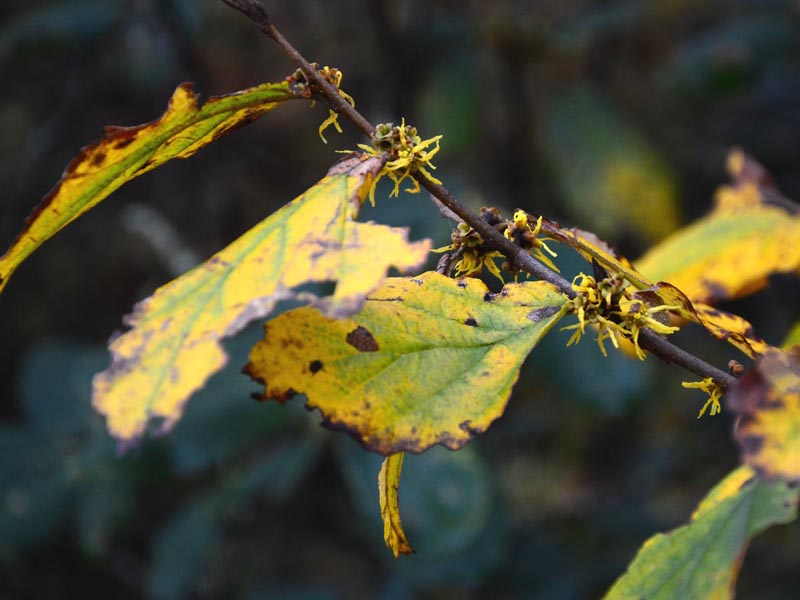
typically hidden by the leaves. |